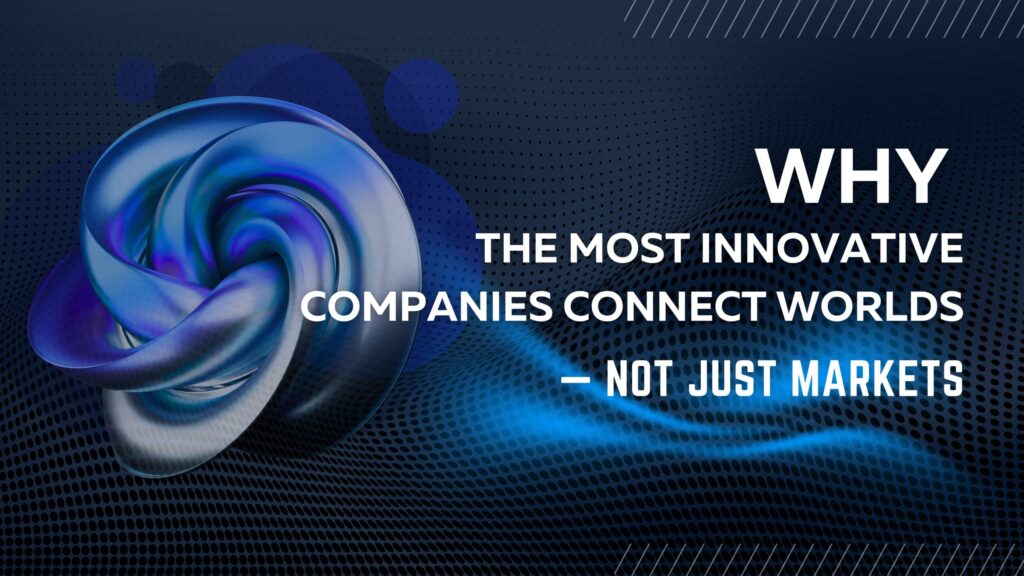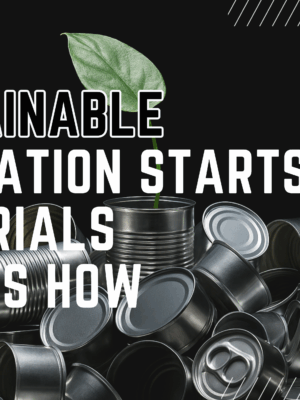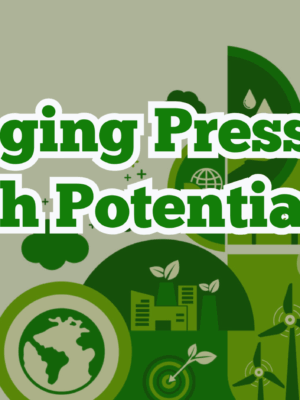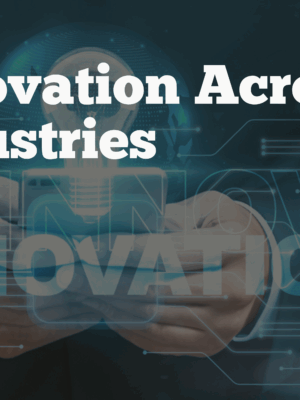Connecting Worlds: From Doing to Thinking

In business, it is common to highlight what we do: investments, projects, technologies. But increasingly, what defines long-term success is how we think — or even how we feel — when facing complexity.

This is where the idea of connecting worlds takes on a new meaning. In our previous reflections, we spoke about connecting industries or geographies. Now, the challenge is deeper: it is about connecting different mindsets.
- Global and local: global scale ensures investment capacity and efficiency, while local knowledge provides relevance and agility. True impact comes when both reinforce each other.
- Large and small: corporations bring structure and reach; SMEs bring creativity and speed. Innovation thrives when these logics coexist.
- Technology and people: advanced materials and digital tools expand possibilities, but it is human adoption and trust that turn them into impact.
- Present and future: executing today while building tomorrow is not a contradiction, but a duality to be managed.

Several organizations have already embraced this shift:
- BCG has argued that multinationals must go beyond “doing” R&D in headquarters and start thinking innovation locally, by empowering regional teams to detect and scale solutions. source
- Sony Mobile learned that connecting with open-source communities was not only about producing software, but about thinking differently: co-creating with external actors and opening processes. source
- Local Motors experimented with micro-factories and community co-design — proving that innovation was not just making vehicles, but rethinking the relationship between users, technology, and production. source
The lesson is clear: doing without the right thinking risks fragmentation. Connecting worlds today means orchestrating not only geographies and industries, but also mental models and organizational cultures.
For leaders, the opportunity is to embrace these dualities rather than choose one side. Efficiency and agility. Scale and creativity. Technology and empathy. Present and future.
Those who succeed will not be the ones who avoid tensions, but those who turn them into momentum.



